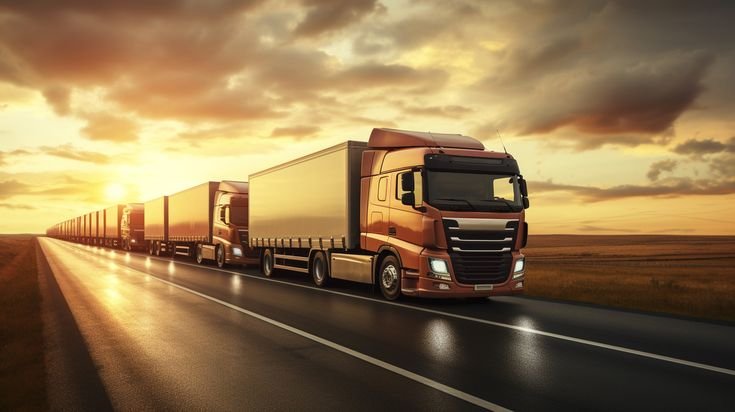A Personal Reflection on the Roadblocks and the Road Ahead
Growing up in India, I’ve always been fascinated by the chaos and rhythm of our roads. From jam-packed auto rides to dusty state buses and overcrowded trains, transportation has been both a lifeline and a daily struggle for millions—including myself. But in recent years, especially as we step into 2025, I’ve begun to notice signs of meaningful change.
India’s transport system is still far from perfect, but it’s evolving. And in this post, I want to take a step back and reflect on the problems I’ve seen, experienced, and even cursed under my breath—and also spotlight the solutions that are finally giving us a glimmer of hope.
Problem #1: Traffic Congestion – A Daily Struggle
I live in a tier-1 city, and honestly, driving anywhere during rush hour feels like going into battle. The traffic is suffocating, unpredictable, and mentally draining. What should be a 20-minute drive often turns into a 90-minute crawl.
2025 Solution:
City planning is finally catching up. With AI-powered traffic lights, real-time traffic monitoring, and the expansion of metro networks, things are improving. I recently tried the newly extended metro line in my city, and it cut my daily commute by more than half. There’s also a noticeable shift towards carpooling apps and bike taxis that reduce the number of vehicles on the road.
Problem #2: Poor Road Conditions – A Constant Bump in the Journey
Whether it’s potholes after the monsoon or incomplete highway work, bad roads have been a constant frustration. I’ve had tires burst, scooters skid, and even minor accidents because of uneven or broken roads.
2025 Solution:
Thanks to smart road monitoring systems, many states are using drone inspections and predictive maintenance to identify and fix road issues before they become hazards. The Bharatmala Project is also boosting highway quality, and I must admit—the newly built stretches of national highways feel like you’re driving in another country.
Problem #3: Overcrowded Public Transport
Buses and local trains in Indian cities, especially Mumbai and Delhi, are packed to the brim. I’ve spent mornings standing on one foot in a crowded metro, trying to breathe in what little oxygen I could find.
2025 Solution:
This year, there’s a push toward electrified, modular buses with real-time tracking. I recently boarded one of the new low-floor electric buses equipped with Wi-Fi and automatic fare collection—it felt like a whole new experience. More cities are also adopting smart ticketing systems, so no more long queues or manual passes.
Problem #4: Last-Mile Connectivity – Always a Missed Link
Even if you manage to reach the metro or a bus stop, getting from there to your home is a challenge—especially in smaller towns and suburban areas.
2025 Solution:
EV rickshaws, on-demand shuttle services, and app-based bike rentals are helping bridge this gap. In my area, there’s a new partnership between metro services and e-scooter providers that lets you unlock a ride right outside the station. It’s game-changing for someone like me who doesn’t want to spend ₹300 on a cab every day.
Problem #5: Logistics & Freight Inefficiency
Being a small business owner, I’ve faced serious delivery delays due to disorganized freight transport and lack of reliable truck booking.
2025 Solution:
This has been one of the most exciting areas of growth. Online truck booking platforms, real-time tracking, and digitized paperwork have turned a corner in Indian logistics. I can now schedule and track deliveries without endless phone calls or negotiations—and customers are happier, too.
Problem #6: Pollution & Carbon Emissions from Transport
Let’s not forget the environmental cost. Our cities are choking, and vehicles contribute a huge chunk to air pollution.
2025 Solution:
Electric mobility is no longer just a buzzword. From e-autos to EV two-wheelers and cabs, the transformation is real. I switched to an electric scooter last year, and apart from the initial range anxiety, it’s been incredibly economical and green. Government subsidies and EV charging infrastructure have made this shift more accessible than ever.
Final Thoughts: The Road Ahead
India’s transportation system is a mix of ambition and struggle. The problems haven’t vanished overnight—but the intent to solve them is stronger than I’ve ever seen. In 2025, we’re no longer just coping—we’re adapting, evolving, and innovating.
I used to think “this is just how India is.” But now, I believe we’re on the cusp of a smarter, cleaner, and more humane transport future. And that gives me hope—not just as a commuter, but as a citizen.

Leave a Reply